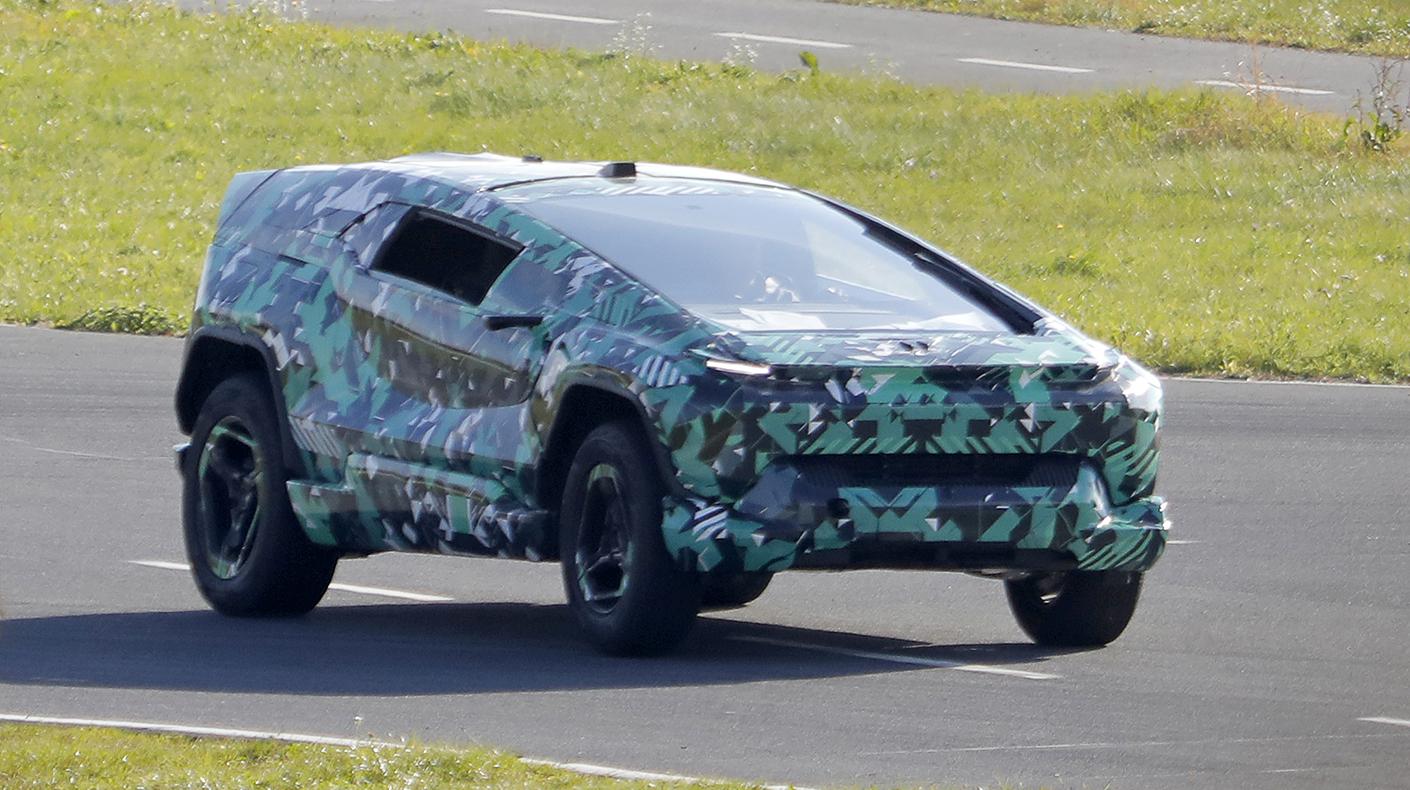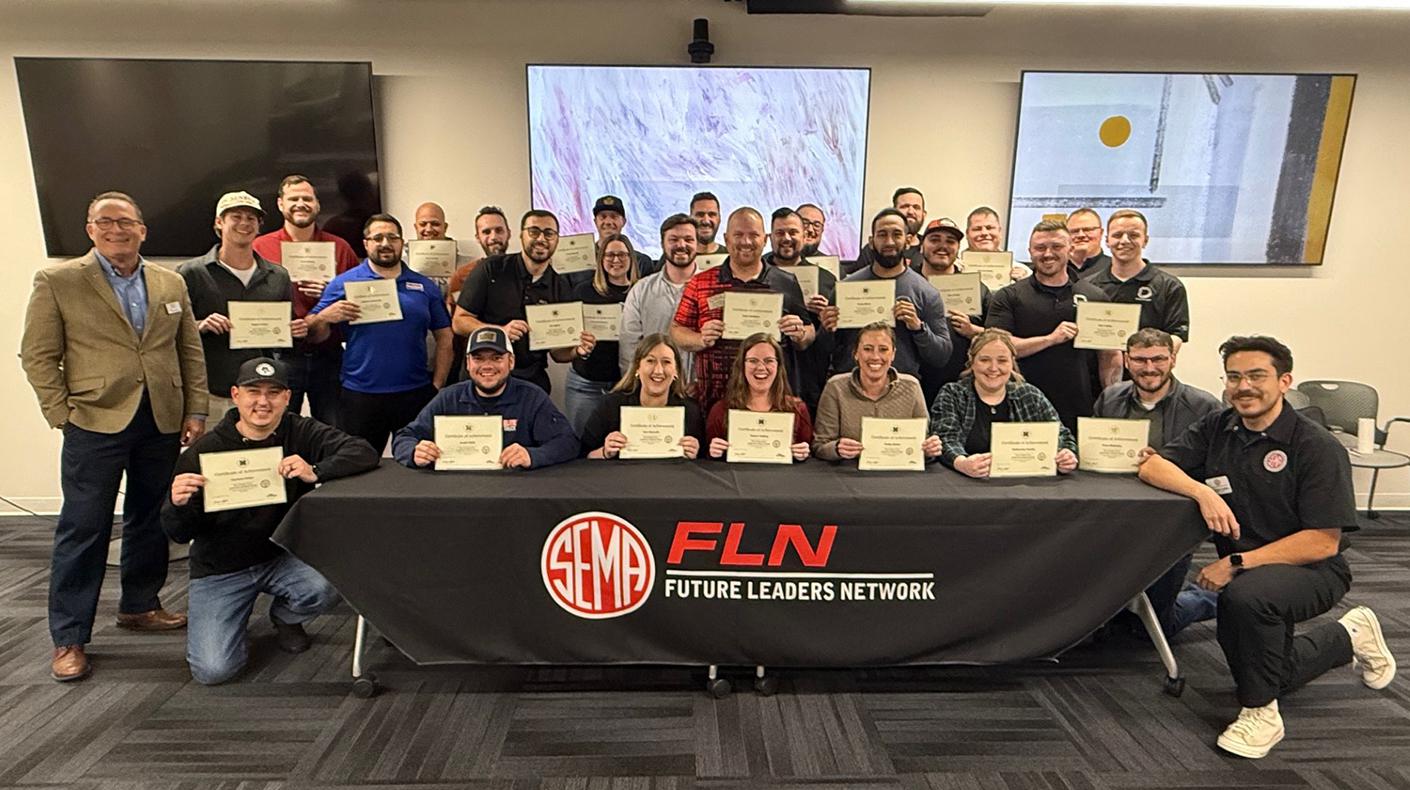By SEMA Washington, D.C., Staff
On December 1, 2020, the U.S. Environmental Protection Agency released its new EPA Tampering Policy (Nov. 23, 2020) (“Policy”). The Policy replaces Mobile Source Enforcement Memorandum 1A (June 25, 1974) and addresses civil enforcement of the Clean Air Act’s (“CAA”) prohibitions on tampering and aftermarket defeat devices.
The updated Policy emphasizes Memo 1A’s guidance that the EPA does not take enforcement action if the party engaging in the conduct has a documented “reasonable basis” to conclude that the part, component, or part installation will not adversely affect emissions. SEMA generally welcomes the revised policy as it will now allow SEMA members to undertake emissions testing and maintain the test data to document a “reasonable basis” for demonstrating the part does not take a vehicle out of emissions compliance. The test data can be raised as a defense to EPA enforcement, except in California, which is separately governed by California Air Resources Board (CARB) through its Executive Order (EO) program.
SEMA is seeking further clarification from EPA on how the Policy will be applied to certain types of parts and required test data. The new policy identifies systems that monitor, process or reduce emissions such as onboard diagnostics (OBD), electronic control units (ECUs), and exhaust gas recirculation (EGR), noting that a product which changes these systems might be an illegal defeat device. Under both the previous EPA Memo 1A and the new Policy, products that have been successfully tested pursuant to the CARB EO program, including modified ECUs, are treated by EPA as legal for sale.
The Policy includes six categories illustrating what the EPA views to be a reasonable basis. Paraphrased here, they are:
- Reasonable Basis A: the part is identical to the EPA-certified configuration [replacement parts]
- Reasonable Basis B: the equipment is a replacement after-treatment system that is as effective as the vehicle’s or engine’s original system and is durable enough to last for a period of time equal to at least half of the vehicle’s or engine’s useful life as defined in EPA regulations [ex: replacement catalytic converters]
- Reasonable Basis C: addition of a new after-treatment system to decrease emissions [ex: diesel particulate filters and oxidation catalysts]
- Reasonable Basis D: aftermarket modification parts where emissions testing demonstrates no adverse effect on emissions [ex: specialty add-on equipment]
- Reasonable Basis E: aftermarket part certified or approved by EPA
- Reasonable Basis F: aftermarket part exempted by CARB
Of these 6, “D” is the expression of the common industry practice of conducting testing on an aftermarket part to determine the emissions impact of the part. While not a mandate, the Policy suggests using the services of a third-party test facility (such as the SEMA Garage). The Policy provides guidance on demonstrating a reasonable basis, including:
- Testing may be performed by an independent test facility or by the aftermarket parts manufacturer, but the test data documenting a reasonable basis should be gathered in advance of sales or product installation.
- In-use testing protocols and accelerated aging techniques should employ procedures recognized by the EPA and consistent with good engineering judgement. OEM deterioration factors used for EPA certification may be employed.
- The product should be tested on a “worst case” vehicle or other scenario for which the product is intended to be installed.
The Policy makes clear emissions testing requirements and prohibitions on tampering and defeat devices apply for the entire life of vehicles, engines, and equipment, and continue to apply regardless of whether the regulatory “useful life” or warranty period has ended.
The Policy does not address the issue of EPA-certified motor vehicles that are converted into a vehicle used solely for competition motorsports, nor the related aftermarket parts legitimately sold for that purpose. SEMA is seeking clarification to verify that such parts are exempt from the emissions compliance and testing requirements.
The Policy does not address remanufacturing a vehicle, engine, or piece of equipment into a “new” product. As with manufacturing from new components, manufacturing a motor vehicle, motor vehicle engine, nonroad vehicle, or nonroad engine from used components is generally subject to the Act’s certification requirements. Generally, the remanufactured vehicle, engine, or equipment must be covered by an EPA certificate of conformity (the original certificate or a new certificate) or exempted from the certification requirements before being sold, offered for sale, or placed back into service.
The EPA notice also includes a separate request for information regarding the EPA’s ongoing evaluation of the 1986 catalyst policy and potential future enforcement policy regarding replacement catalytic converters for light-duty gasoline motor vehicles that are beyond their emissions warranty. The EPA is seeking information and data on: potential costs and air quality benefits of withdrawing or changing the 1986 catalyst policy; the current state of the market of replacement catalysts, including the cost, volume of sales, frequency of installation, the age and mileage of vehicles on which replacement catalysts are installed; to what extent catalyst replacement is needed due to failure of the original catalyst, or other reason including theft; and the effectiveness of replacement catalysts at treating air pollution, including whether and to what extent replacement catalysts in the current market conform to the catalysts described in the 1986 catalyst policy.
SEMA had urged the EPA to update its tampering policy and believes the new document provides a reasonable new pathway for companies to demonstrate compliant products.





